Search
Remove Ads
Advertisement
Search Results
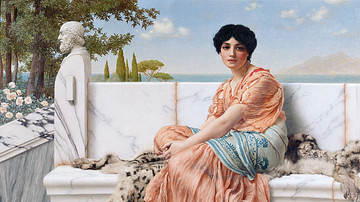
Definition
Sappho of Lesbos
Sappho of Lesbos (l. c. 620-570 BCE) was a lyric poet whose work was so popular in ancient Greece that she was honored in statuary, coinage, and pottery centuries after her death. Little remains of her work, and these fragments suggest she...
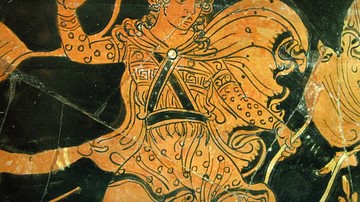
Definition
Orpheus
Orpheus is a figure from ancient Greek mythology, most famous for his virtuoso ability in playing the lyre or kithara. His music could charm the wild animals of the forest, and even streams would pause and trees bend a little closer to hear...
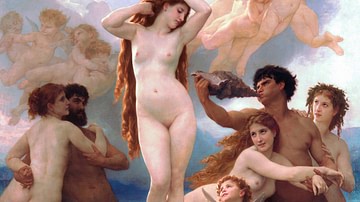
Definition
Greek Mythology
Greek mythology was used as a means to explain the environment in which humankind lived, the natural phenomena they witnessed and the passing of time through the days, months, and seasons. Greek myths were also intricately connected to religion...
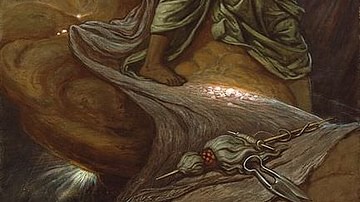
Definition
Theogony
The Theogony is an 8th-century BCE didactic and instructional poem, credited to the Greek poet Hesiod. The Theogony was, at first, not actually written down, rather, it was part of a rich oral tradition which only achieved written form decades...

Video
Who are the Nine Muses of Greek Mythology?
The nine muses of Greek mythology are the goddesses of song, dance, music, and poetry and were among the most important deities of the ancient Greek pantheon as the source of inspiration for poets. The most common and widespread belief was...
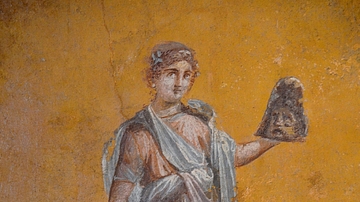
Image
Fresco with Melpomene
A fresco fragment depicting Melpomene, the Muse of Tragedy, from the House of Julia Felix in Pompeii, 62-79 CE. (now in Louvre Museum, Paris)
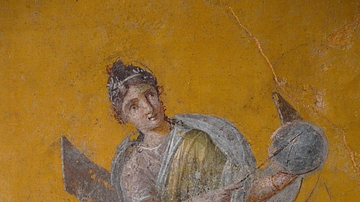
Image
Fresco with Urania
A fresco fragment depicting Urania, the Muse of Astronomy, from the House of Julia Felix in Pompeii, 62-79 CE. (now in Louvre Museum, Paris)
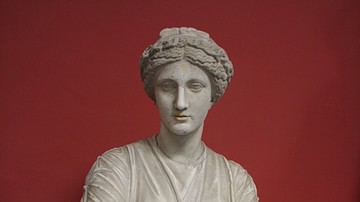
Article
Hesiod on the Birth of the Gods
The Greek poet Hesiod (c. 700 BCE) is most famous for his works Theogony and Works and Days. In this passage from Theogony, Hesiod relates the birth of the gods from cosmic Chaos and follows the lineage through the great Zeus, King of the...
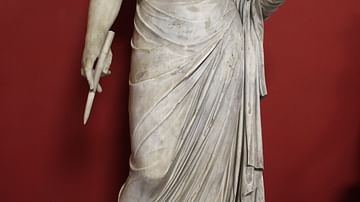
Image
Urania
A sculpture of Urania, the Muse of Astronomy. Originally the statue was of Persephone but recarved and with a head addded taken from a 2nd century CE statue of another Muse. (Vatican Museums, Rome).
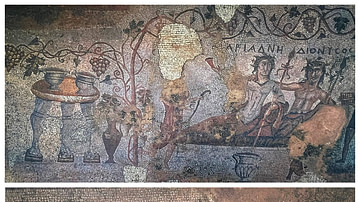
Image
Roman Mosaics from Dzalisi
Two Roman mosaic panels from the thermal baths of a luxurious Roman-style villa at the Dzalisa Archaeological Site in Georgia near Mtskheta, dated to the 3rd century CE. The upper mosaic is devoted to the cult of Dionysus, the god of wine...